6 of the best new DAWs in 2023
Ableton, Bitwig, Logic and FL Studio all received major updates this year, but who'll take our crown?
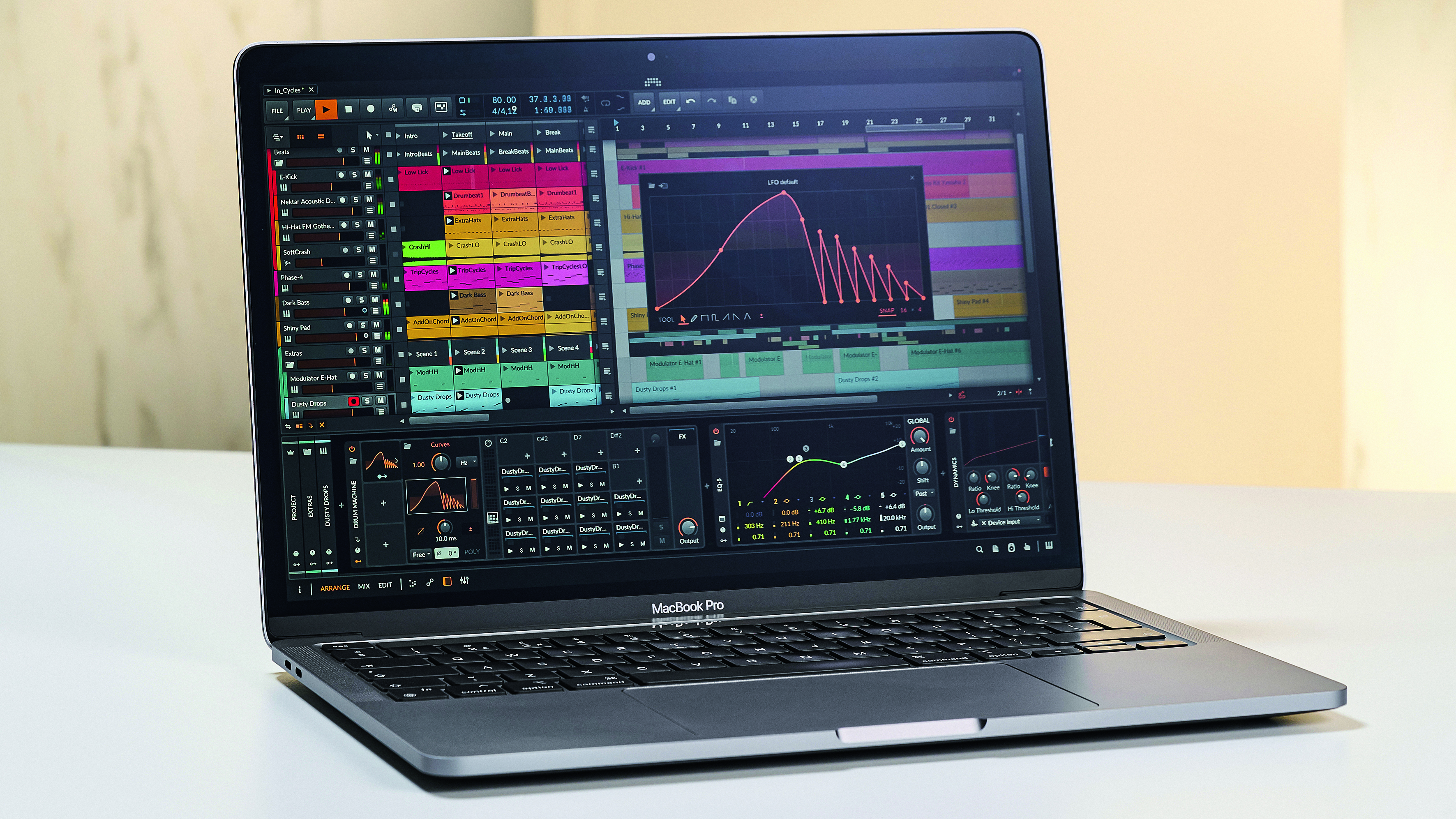
In 2023, all of the big-league DAW developers sought to underscore their core USPs, doing what they do best even better.
On the whole, been an incredible year for music software, with almost every one of the major DAWs receiving a major update. Let's find out which we've crowned as 2023's best...
1. Bitwig Studio 5 - Winner
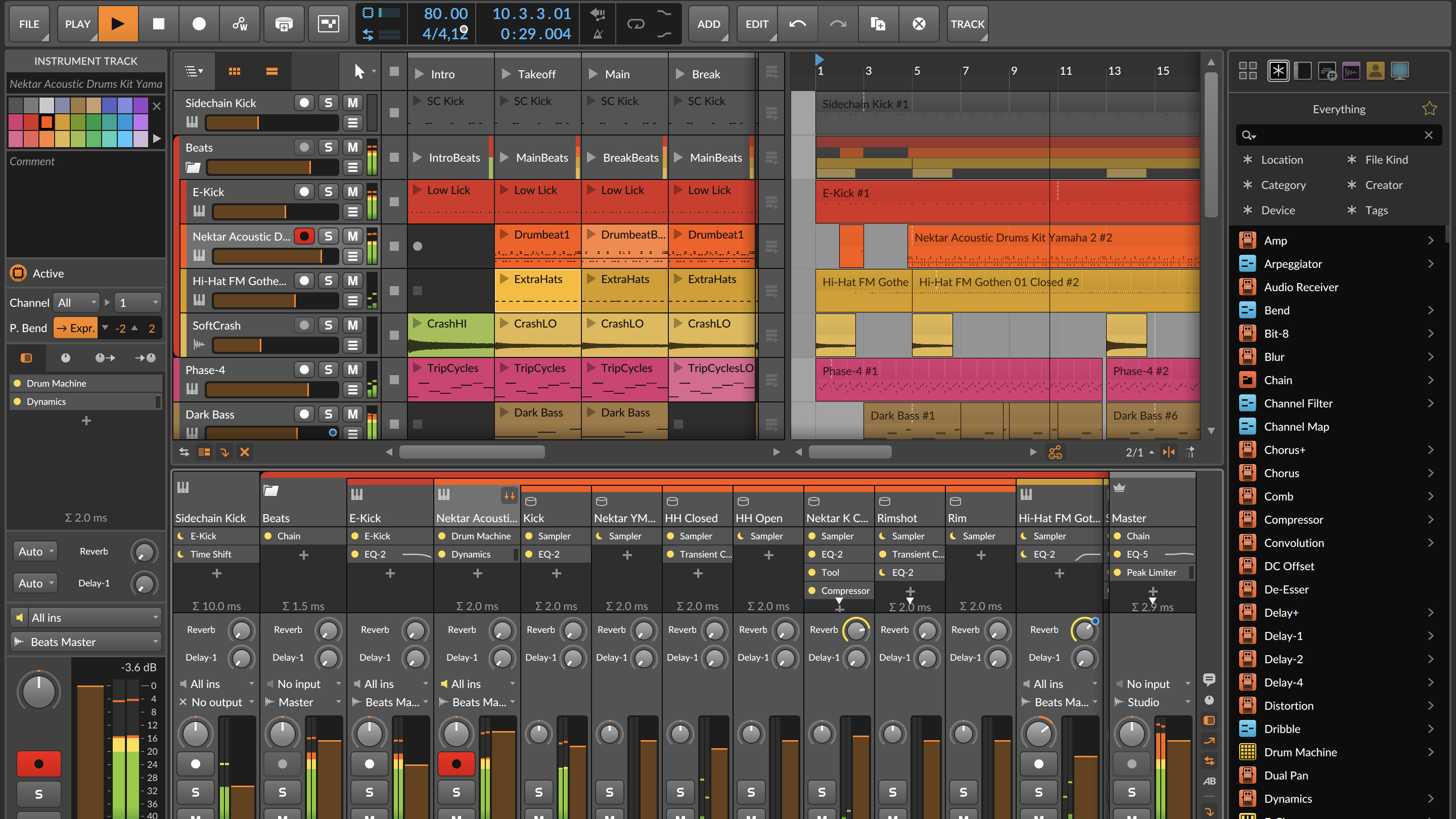
We’ve no hesitation in placing our crown upon the head of Bitwig Studio. The meaty v5 update of April re-affirmed its status as the creative musician’s workstation of choice. Its five fresh MSEGs, Curves, Segments, Scrawl, Transfer and Slopes, each delivered new ways in which users could shape pretty much any parameter at will. This month's 5.1 update also brought a variety of new sonic possibilities to the table.
These sound-manipulating additions led to a complete boost to Bitwig Studio’s entire modulation system, enabling the deepest track and project-level control we’ve ever seen offered by a DAW. More and more tastemakers were citing Bitwig’s growth into a unique DAW as workflow-redefining, not too dissimilar from a certain other Berlin-based company’s early triumphs.
2. Ableton Live 12
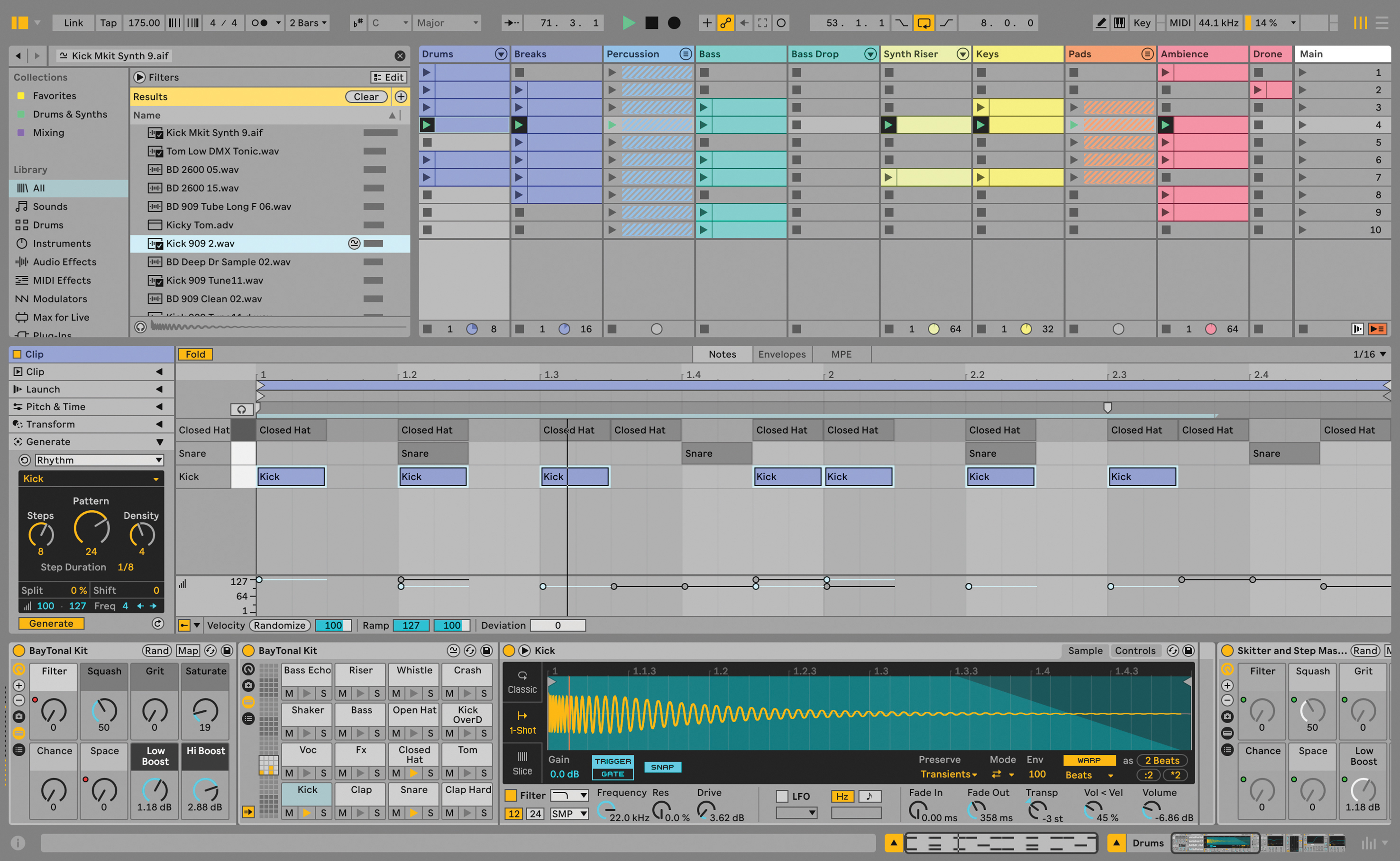
Ableton Live finally brought us their Live 12 update this year (still in beta at time of writing). The electronic music specialists added even deeper MIDI-transforming abilities, as well as a whole host of exceptional new instruments: Roar, Meld and Granulator III, serving inspiring routes to gnarly saturation, MPE-capable sound-shaping and grain-based atmosphere carving respectively. While the full final version of this update is still some weeks away, this arrival marked a notable evolution of this eminent DAW.
3. Image-Line FL Studio 21.2
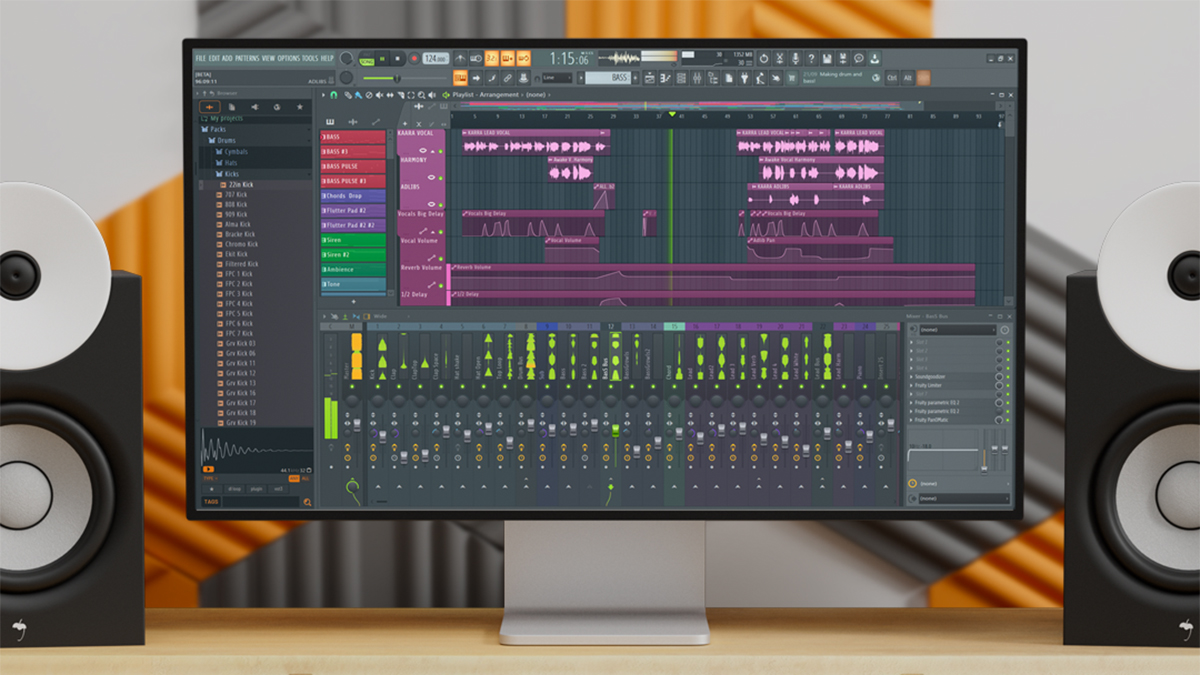
Image Line also brought some impressive advances to FL Studio, with its 21.2 update adding smart stem separation to the mix. Harnessing the now-omnipresent power of AI, this malleable stem separation tool allows for any audio source to be split into its component parts.
This fully integrated new feature certainly turned the heads of DJs, sound designers and anyone looking to pull apart those dusty old mp3s. That wasn’t the full story, as Image-Line also initiated its new FL Cloud sample and distribution ecosystem within this update, not to mention throwing in the vivid Juno-emulating synth, Kepler.
Get the MusicRadar Newsletter
Want all the hottest music and gear news, reviews, deals, features and more, direct to your inbox? Sign up here.
4. PreSonus Studio One 6.5
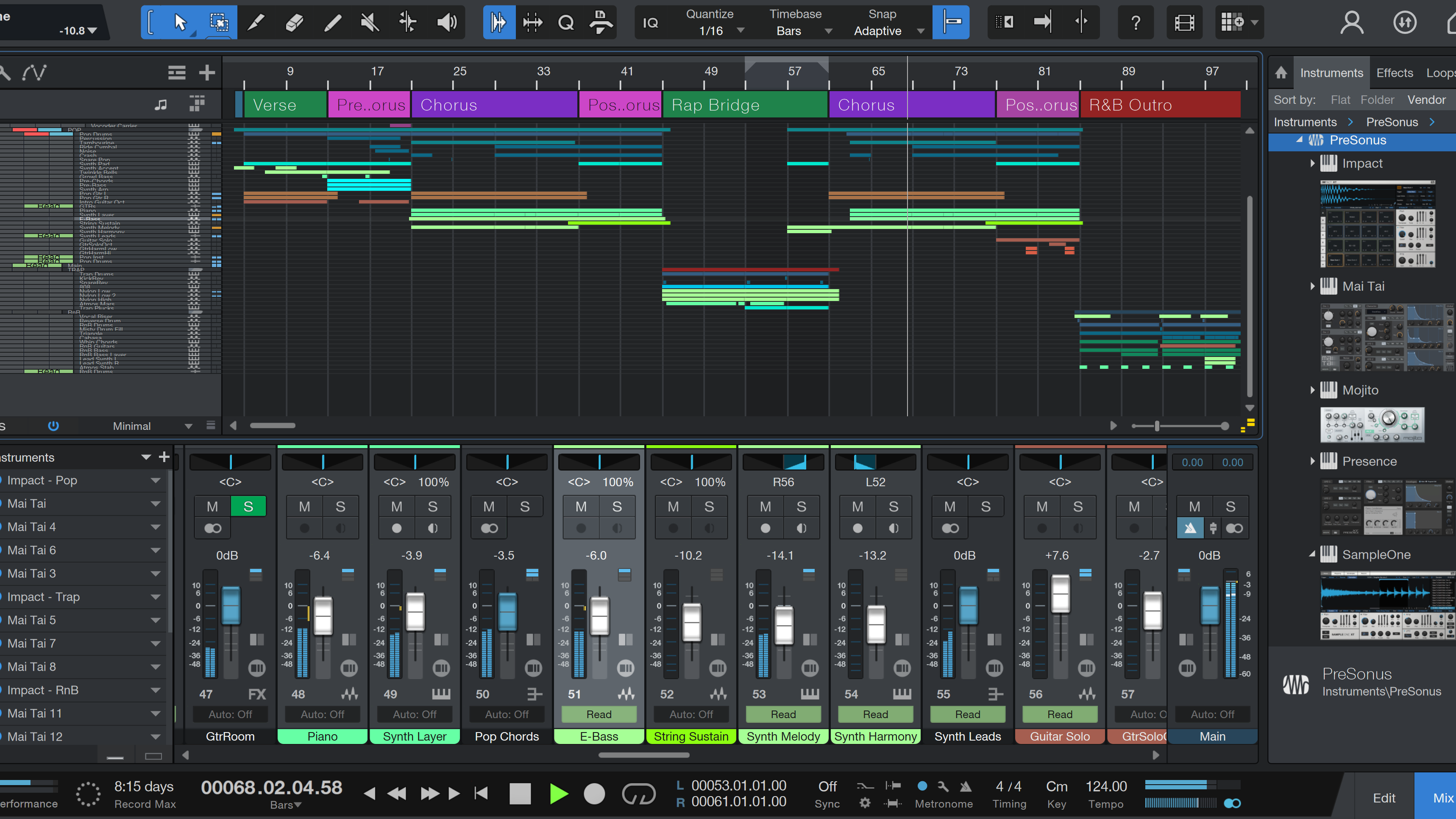
Meanwhile, PreSonus built on Studio One’s 21st century toolkit. The 6.5 update brought a native Dolby Atmos renderer to the table, slickly implemented into its mixing workflow. It also offered a parallel output for binaural monitoring. This now spatial audio-ready DAW brought with it an all-new Surround Panner and Dolby Atmos Object Panner. These additions admirably de-specialised the spatial audio mixing domain and made this universe something all users could explore mixing within.
Sticking with PreSonus, and this year the company also unveiled their new open-source cross-DAW file format, dubbed ‘DAWproject’. This new file format, produced with Bitwig, enables an entire project to be packaged up, compressed and shared between systems (and DAWs) easily. A big point of difference is that project automation, plugin settings, channel strip settings, clips and scenes are also bundled within the new format.
5. Logic Pro for iPad
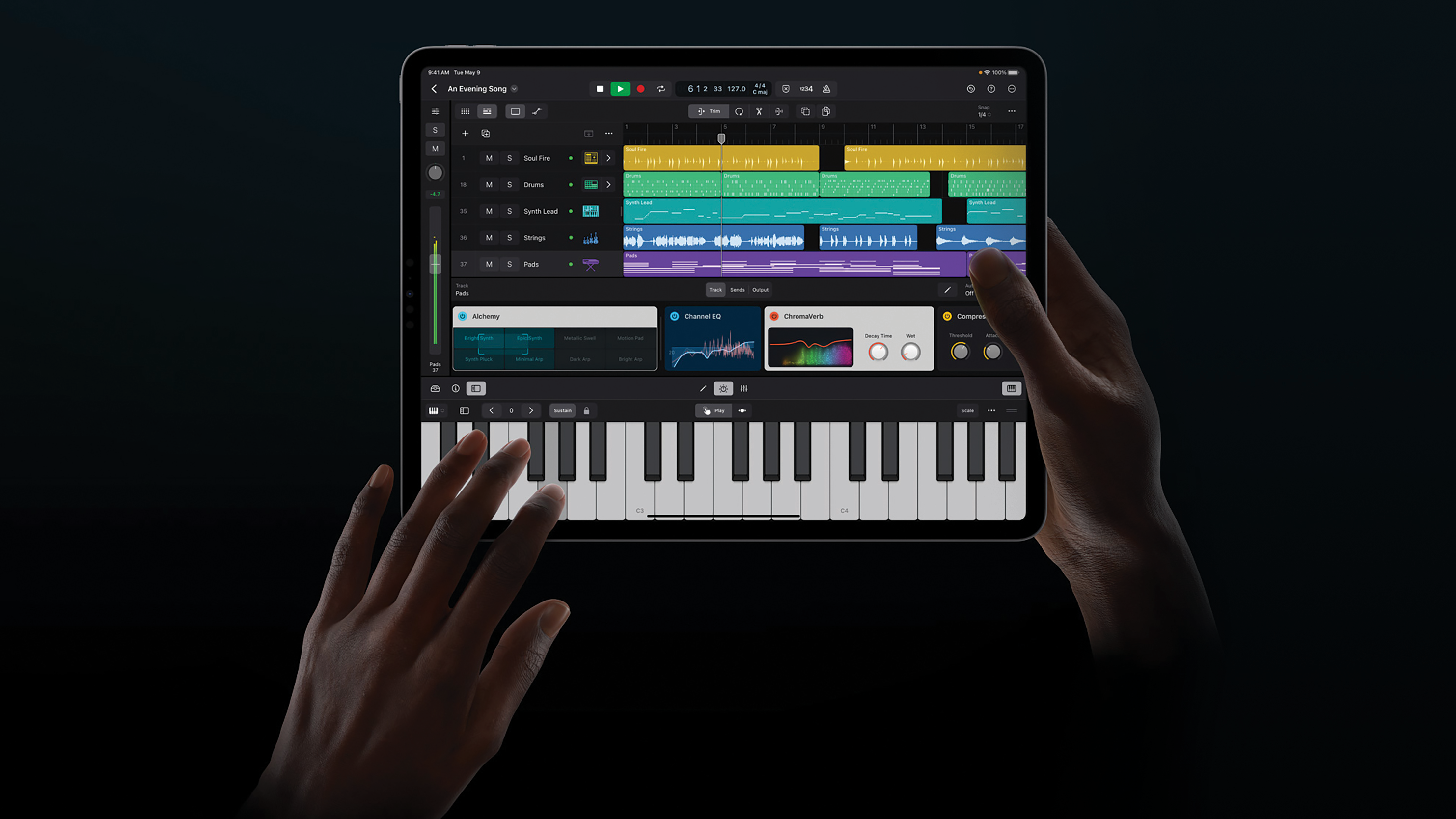
You’ll probably also have noted that Logic finally became available as a subscription-based mobile DAW earlier this year, with its interface and workflow beautifully optimised for the iPad.
The transition of many of Logic’s classic instruments and effects, including ES2, Space Designer and many more sat comfortably alongside a few tailor-made, tablet-angled additions, in the shape of Sample Alchemy and the ultra-fun time-morphing tool, Beat Breaker. In many ways, it felt like a culmination of Logic’s ever-so gradual slide into the multi-touch domain.
6. Avid Pro Tools Sketch
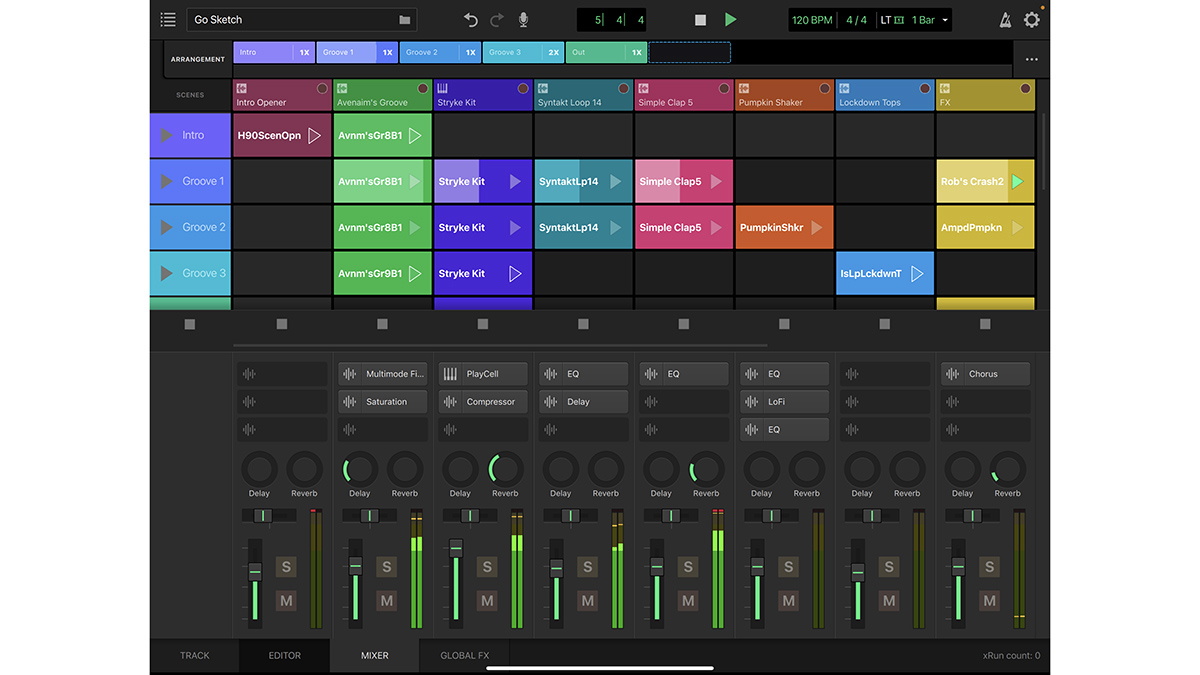
An eye-opening development this year came courtesy of Avid’s Pro Tools Sketch. The company’s new loop-based environment was seemingly designed to attract those familiar with Ableton Live-esque workflows into the Avid ecosystem. Though Pro Tools is unarguably the industry standard, it’s never been a safe bet for electronic artists, who tend to favour the type of clip-based interfaces as (now) found within Sketch.
Despite allowing users the ability to mix with 16 tracks of audio and MIDI, we were more than a little sceptical upon launch of Sketch’s long-term allure, with the lack of third-party plugin support being a big issue. But, it must be said that Sketch works exceptionally well as a self-sufficient idea crafting tool. With both a free iOS version and in-Pro Tools window, many younger producers may make their way over to the brand.



I'm the Music-Making Editor of MusicRadar, and I am keen to explore the stories that affect all music-makers - whether they're just starting or are at an advanced level. I write, commission and edit content around the wider world of music creation, as well as penning deep-dives into the essentials of production, genre and theory. As the former editor of Computer Music, I aim to bring the same knowledge and experience that underpinned that magazine to the editorial I write, but I'm very eager to engage with new and emerging writers to cover the topics that resonate with them. My career has included editing MusicTech magazine and website, consulting on SEO/editorial practice and writing about music-making and listening for titles such as NME, Classic Pop, Audio Media International, Guitar.com and Uncut. When I'm not writing about music, I'm making it. I release tracks under the name ALP.









